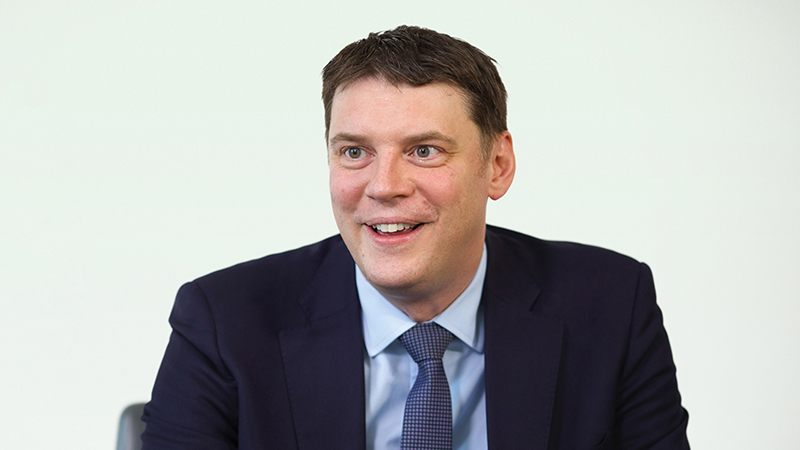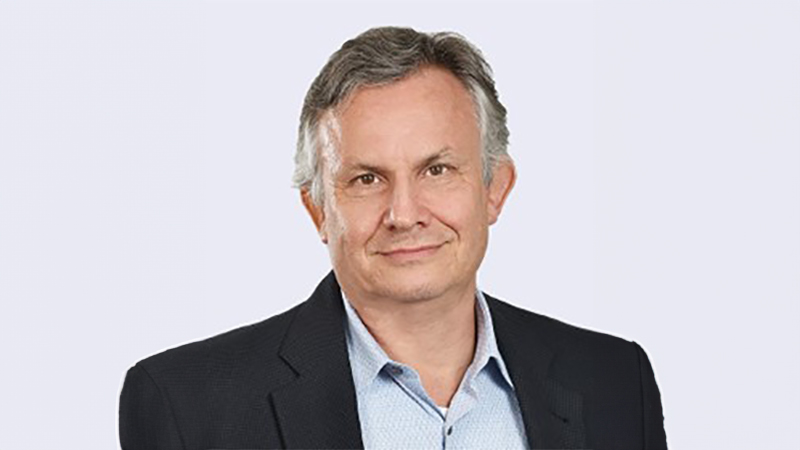Booming interest in artificial intelligence (AI) saw tech funds post returns of 9.27%, the best-performing sector in May.
Each of the ten best-performing individual funds over the month were technology and innovation-focused, with T Rowe Price Global Technology Equity taking the top spot by rising 17.44%, according to FE Analytics.
The performance of the sector also placed North America among the best performers despite debt ceiling talks leading to uncertainty, with the region returning 2.29%.
See also: Investors have their work cut out in finding the real AI opportunities amid the hype
Ben Yearsley, director at Fairview Investing, said: “Markets seem to lurch from one crisis to the next – maybe that’s a consequence of the low quality of politicians globally creating them. No sooner has banking stabilised after the SVB and Credit Suisse shocks than US politicians start wrangling about budget caps causing debt default worries.
“Thankfully, that can appears to have been kicked down the road with a tentative deal, but you wonder what the next issue will be. Things were bound to break after the quickest rate rise on record, the problem is no-one was quite sure what.”
Latin America (5.35%) and India-focused (3.93%) funds also posted solid one-month returns.
May’s best performing sectors
| Fund Sectors – 1 month (top five) | Return % |
|---|---|
| Technology & Technology Innovation | 9.27 |
| Latin America | 5.35 |
| India/Indian Subcontinent | 3.93 |
| Japan | 2.94 |
| North America | 2.29 |
UK index-linked gilts were the poorest performers, falling 8.1%, as inflation proved stickier than expected despite dropping to 8.7%.
The mainstream gilts sector also endured a tough month, returning -4.48% after the ten-year gilt ended up yielding over 4% by the end of May.
May’s worst performing sectors
| Fund Sectors – 1 month (bottom five) | Return % |
|---|---|
| UK Index Linked Gilts | -8.1 |
| China/Greater China | -5.64 |
| UK Gilts | -4.48 |
| Property Other | -3.53 |
| Infrastructure | -3.46 |
What lies ahead for gold?
Gold funds suffered with five of the ten worst performing individual funds invested in the metal.
Charteris Gold & Precious Metals fell 11.04%, while Ninety One Global Gold Baker Steel Gold & Precious Metals also featured among the worst one-month performers.
Yearsley said: “I am slightly surprised at the poor performance of gold funds last month after the price of gold only slipped marginally. When markets get in a tizz gold normally does well, and with inflation cooling in many countries the rate hiking cycle must be nearing the end.”
Gold has traditionally been used as a natural hedge against inflation in portfolios.
When asked what was to come for the commodity with inflation expected to moderate, Dan Kemp, Morningstar Investment Management’s Global CIO said: “Two of the golden rules of multi asset investment are: one, do not assume that asset prices follow economic data and two, don’t rely on a prediction of the gold price.
“Capital markets are both forward looking and reasonably efficient. Consequently the impact of anticipated economic data, such as the realisation of moderating inflation is likely to be already discounted in the price. Adjusting holdings to reflect this view is therefore unlikely to aid an investor and may harm them by being over-exposed to a particular outcome. Investors can only have an advantage if they position their portfolio against the consensus view and then only if they are right and the consensus is wrong.”
“Positioning your portfolio for a particular macro-outcome, is especially dangerous to do so using gold and precious metals. As gold does not produce any cashflow it cannot be assigned a long-term fair value. While there are numerous theories about how gold behaves, many of which are both logical and appear to fit the historic data, the behaviour of gold continues to regularly surprise investors. This makes gold a dangerous investment, as we tend to make poor decisions when surprised,” he added.
“As the future is uncertain, it is better to build a portfolio that is robust to a wide range of scenarios rather than focus on a particular economic outcome. Such a portfolio is more likely to help investors stay the course and reach their goals.”











